Apple is bringing its push notifications to the web, enabling support for websites to push updates to OS X Maverick users in Safari 7.0 even when their browser isn't running.
Source: Apple
The new web push notification system in Safari 7.0 can be used to deliver websites' breaking news, sport scores, auction alerts (as depicted by Apple in its feature preview, above), or other information.
As with Apple's existing native app and cloud service notifications, users must opt-in to allow access to the feature, as demonstrated in a test site set up (above) by Connor LaCombe at kandutech.net.
After a user allows access, the site lets them compose a new notification. The demo server then associates the user's push token with the message and forwards it to Apple's push servers, which then delivers it to the user.
Managing notifications & Do Not Disturb mode
Web notifications look and work like any other notification alert. Their appearance can be customized by the user in System Preferences to show up as a temporary banner that vanishes on its own, or an alert that must be clicked to dismiss.
The user can also turn off notifications by service or system wide using Do Not Disturb, a feature introduced in iOS 6 that will appear on the Mac in OS X Mavericks. As on mobile devices, users can set Do Not Disturb to disable incoming notification alerts during a set period, when the screen is asleep or during presentations.
Macs running OS X Mavericks will automatically enter Do Not Disturb mode when a projector is attached or when using AirPlay Mirroring (a feature Apple's head of software development Craig Federighi noted in the WWDC keynote) although this can be turned off to allow updates.
A history of Apple's push notifications
With the opening the App Store in 2008's iOS 2.0, Apple's then head of iOS development Scott Forstall announced Apple would be setting up a centralized Push Notification Service as a mechanism for allowing apps to respond to updates from outside services without their needing to remain active in the background, constantly listening (and eating up battery power).
In addition to greatly lowering the iPhone's battery consumption compared to the prevailing background software model used by BlackBerry and Microsoft's Windows Mobile, Apple also used its new push notification system to power MobileMe's push messaging features.
However, Apple greatly underestimated the overwhelming demand for both apps and push notifications, sending the company back to the drawing board and delaying the rollout of Push notifications until iOS 3.0, after a stress testing beta program involving the Associated Press and other app developers.
In late 2009, Google, a major iOS developer, filed a patent for "notification of mobile device events," describing a feature it would later add to Android, albeit without a security model like Apple's. This resulted in both an adware/spam plague for Android users, but also bragging rights for Android enthusiasts who can now claim Apple simply copied its Notification Center from Android rather than having laid all the groundwork for touchscreen smartphones, a functional app store and secure, battery efficient notifications system.
In 2010, Apple brought push notifications to the Mac as an API, initially to support FaceTime notifications and then more broadly as a public API in 2011's OS X Lion.
Notification Center (above) appeared on the Mac as an end-user facing feature in OS X Mountain Lion last year (pictured above), after first making an appearance on Apple's mobile devices in iOS 5 the previous year.
 Daniel Eran Dilger
Daniel Eran Dilger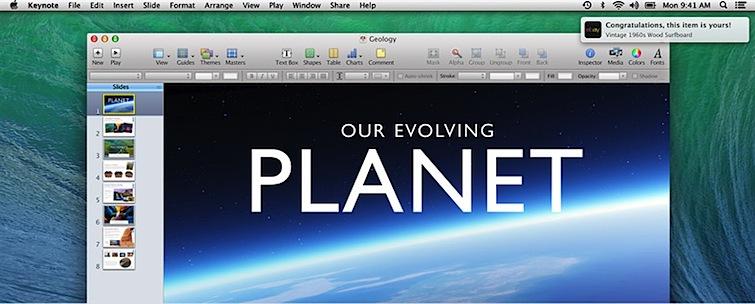
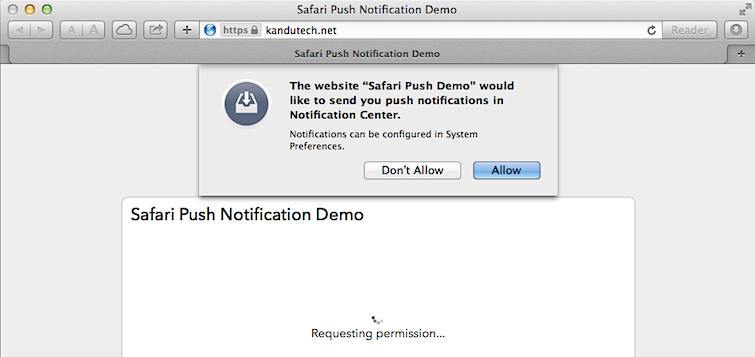
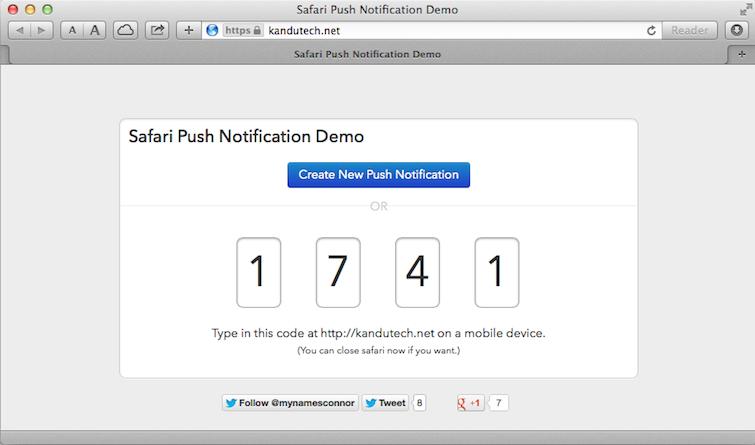
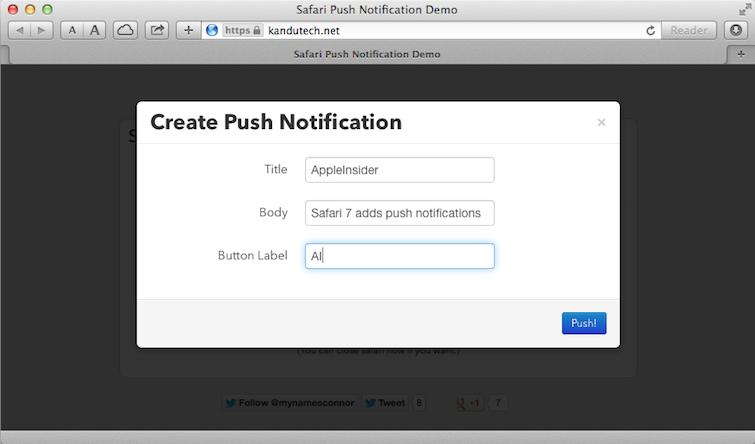
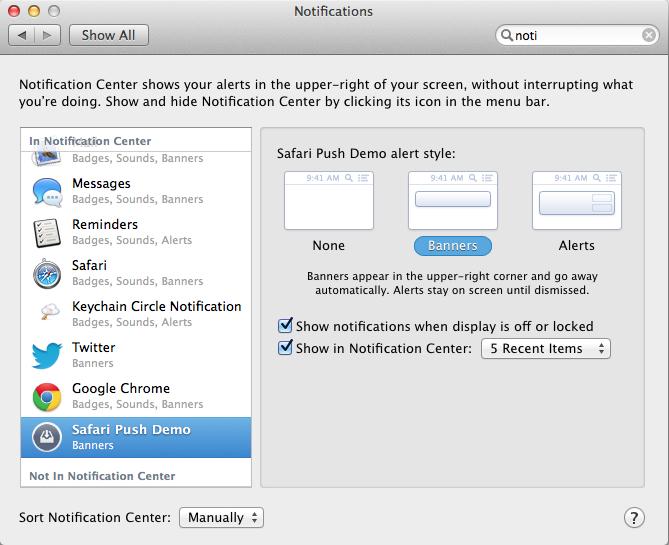
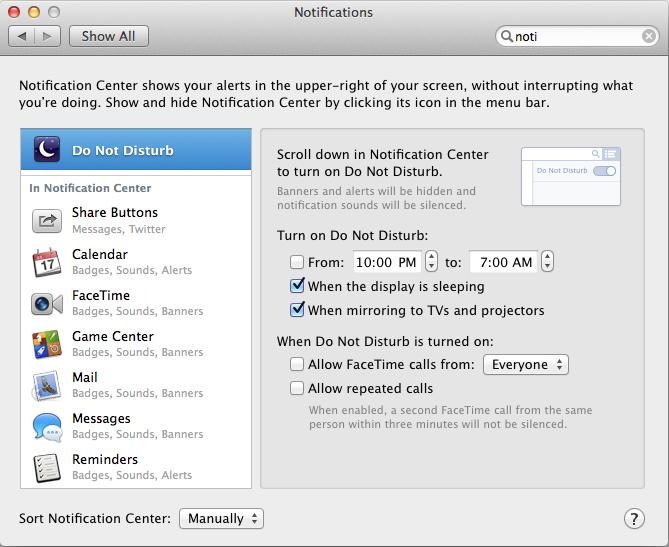
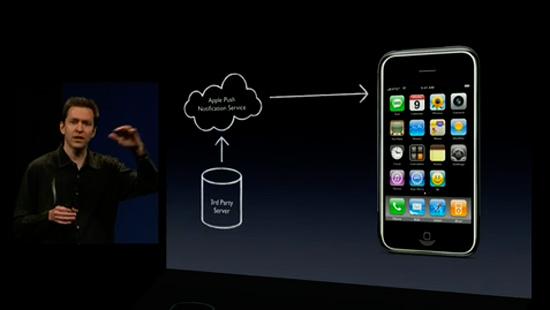
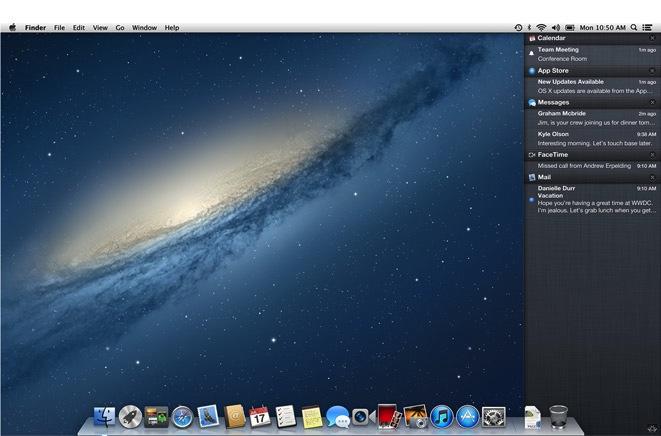







-m.jpg)





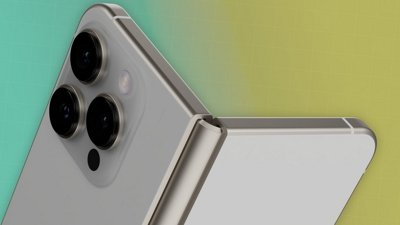
 Malcolm Owen
Malcolm Owen
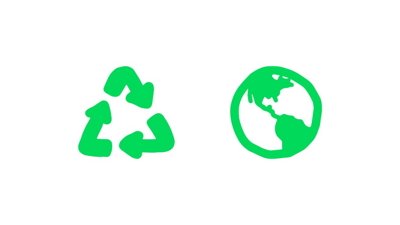
 Amber Neely
Amber Neely
 Christine McKee
Christine McKee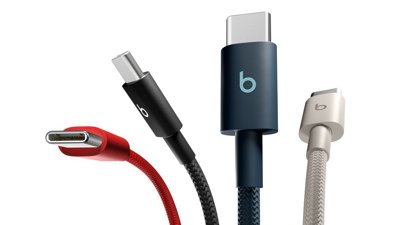
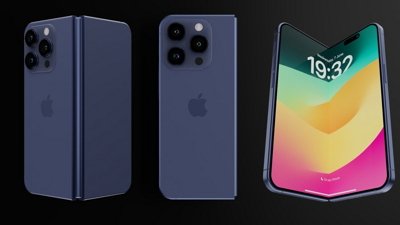

 William Gallagher
William Gallagher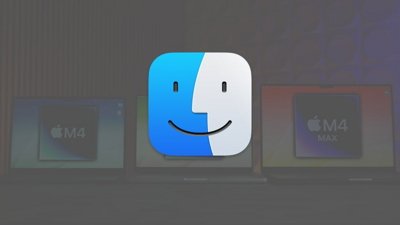
 Chip Loder
Chip Loder


-m.jpg)






42 Comments
That they call it [B]Safari 7[/B], is ridiculous.
Anyone remember PointCast? Let's hope Apple gets it right.
[quote name="japm" url="/t/158292/safari-7-0-to-bring-web-notifications-to-os-x-mavericks#post_2354499"]That they call it [B]Safari 7[/B], is ridiculous.[/quote] It's the seventh version of Safari. :wow::err::???::\:rolleyes::no: You'd prefer Safari 5S?
Safari is tremendously better, faster and smarter. Try it before you complain.
Better than Google's Chrome! Their version numbering is out of control It's hard to find the latest version number listed on their site nowadays. Probably changes by the hour.